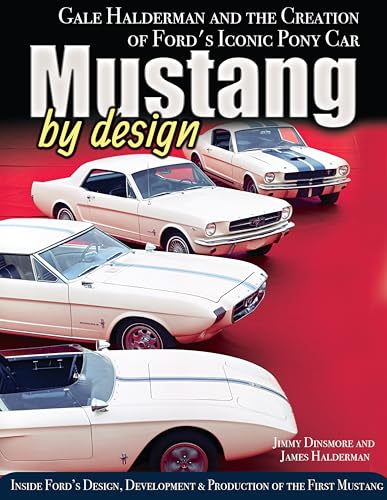Ummm, this is slightly incriminating, but worth mentioning. Regardless of what the drag coefficient of a '71-73 Mustang actually is, I logged 172 mph on a local road somewhere in southern Arizona. I was not alone either, my friend and I were both tuning our 4R70W transmissions, particularly the overdrive gear and lockup behavior in 4th gear. I was actually shocked! There was plenty more gear and power left to go, but that was as far as I pushed it in order to tune my lockup converter scheduling in 4th gear.
I was particularly surprised that I was able to out-accelerate my friend's Falcon with a turbocharged 302, similar weight. Speeds were recorded using an onboard Garmin GPS unit since tuning requires better accuracy than my stock speedo.
As one of my co-workers has said before, it's possible to make absolutely anything fly, regardless of how bad the aero is on it (I work at an aircraft design and development firm).
I dropped an AOD into our 73 Mach 1. It originally had tall 2.79:1 rear axle ratio gear set, but the prior owner mercifully replaced it wsith a 9" 3.5:1 TractionLok gear set and housing assembly. He also replaced thde original 302 2v engine with a street.strip built 351W (not C) that showed a moderate 360 HP output. The carb is a 750 CFM Holley with Vacuum Secondaries, which helps an oversized carb perform nicely when otherwise it is too large for an engine. When I put my foot into the throttle I can hear the secondaries open and begin to road as the tachometer begins to get past 5,500 RPM. I have not tried to take it to its top end speed (no need, I have nothing to prove), but I can say that at 6,000 RPM in 3rd (1:1 sirect drive) the engine is still pulling plenty hard. I do have both a front spoiler and rear wing on the car, but figrue until I am in the triple digits of speed they are really more for look than anything else.
Perhaps someday I will take it to a track and see how much of a top end it has between the moderately built engine, and the 0.667:1 AOD final output shaft ratio. I am certain the engine has enough toraue at its upper RPM range to help push the car through triple digit speeds, but with the rear axle ratio of 3.5:1, even with the AOD, I doubt I would be able to hit past 150, or even as high as 150MPH. I may be able to hit 130 or even 135 MPH, but that has yet to be proven, andfrankly if I never get the chance to see if it can hit 130+ MPH I am fine with that. If I ever feel desperate for high speeds I can break out our 2020 Shelby GT500. Thus far I have only had a 2020 GT500 as fast as 145 MPH, at The Charlottesvile Motor Speedway drag strip where I blew through the 1/4 mile trap at over 135MPH, I kept the throttle wide open for a little longer just to experience how hard the engine was still pulling at high zpeed, but the 1.2 mile long deceleration part of the strip was coming up fast. At 145 I began to brake, plenty satisfied the GT500 certainly had more to give if I had enough track to keep the throttle wide open.
Anyway, It is nice to hear someone in this group was able to coax some very high speeds out of their 71-73 Mustang. I am glad you lived to talk about it, and share it with the group. Out of curiosity what rear axle gear ratio are you running? And do you know or recall the engine RPM you were turning at 1ht 170 MPH level? My guess is you were too focused to trying to think of whqat to do in case the car got away from you at that speed. I sure would be think along those lines in that lind of circumstance, especially on a public road.
BTW, good choice going with a 4R70W vs an AOD. I am happy enough with our AOD, but setting up the Throttle Valve Pressure to get the uoshift points where I wanted them (39PSI) was a bit of a PITA. Being able to set it via a controller circuit is better, at least easier. It is not bad enough for me to sqap the AOD wih a 4R70W, but if ever the AOD requires being rebuilt or replaced I plan to use a 4R70W and a nice controller next time. Meanwhile, the AOD is doing a great job for how I use the Mach 1.

























































